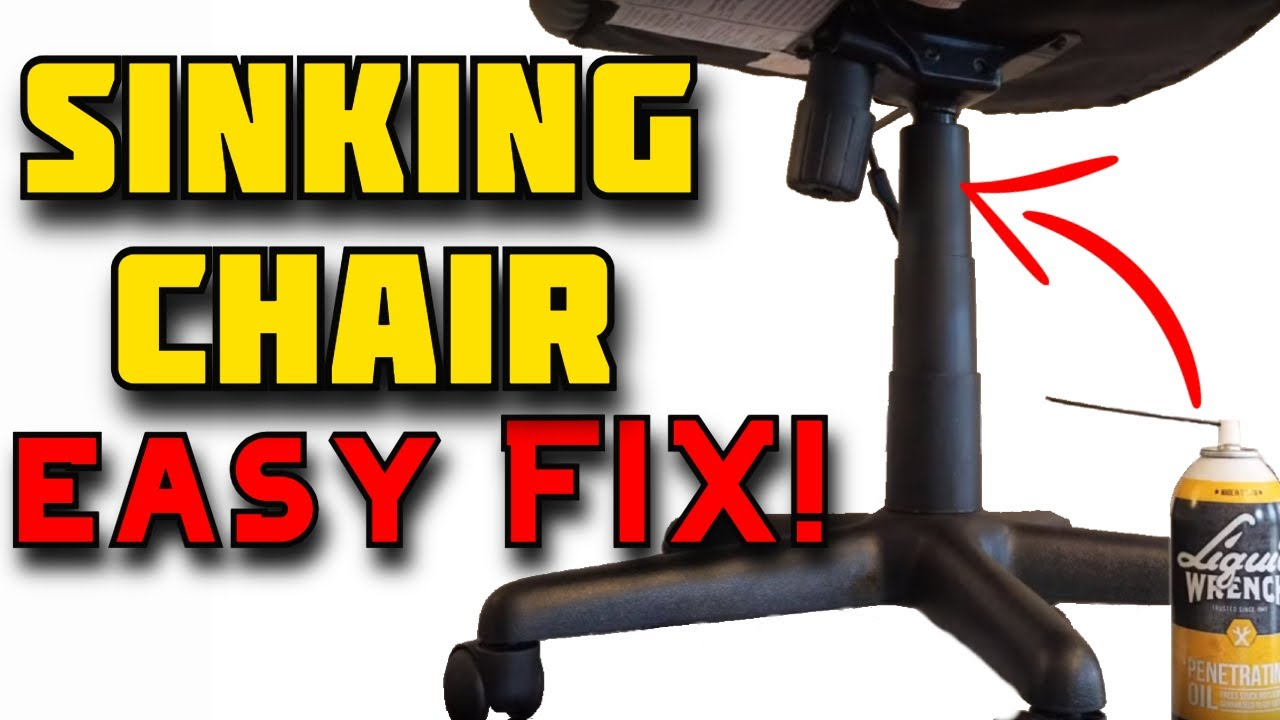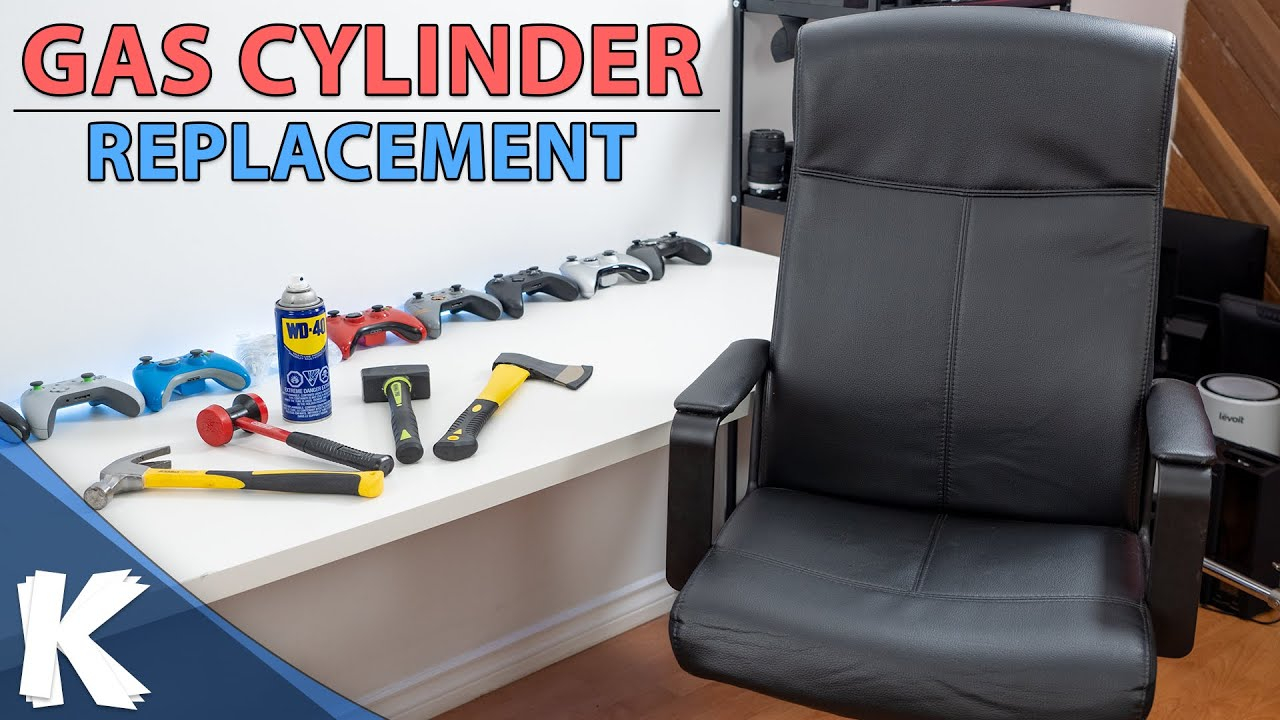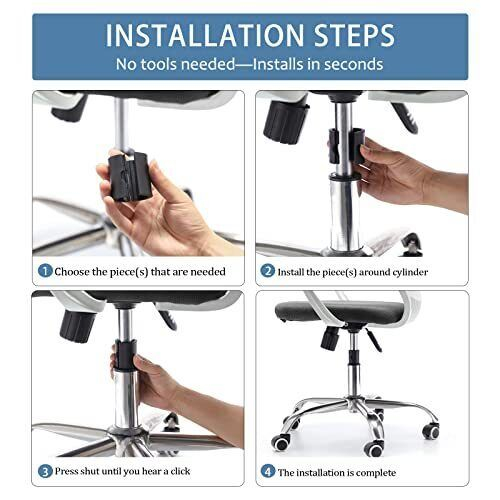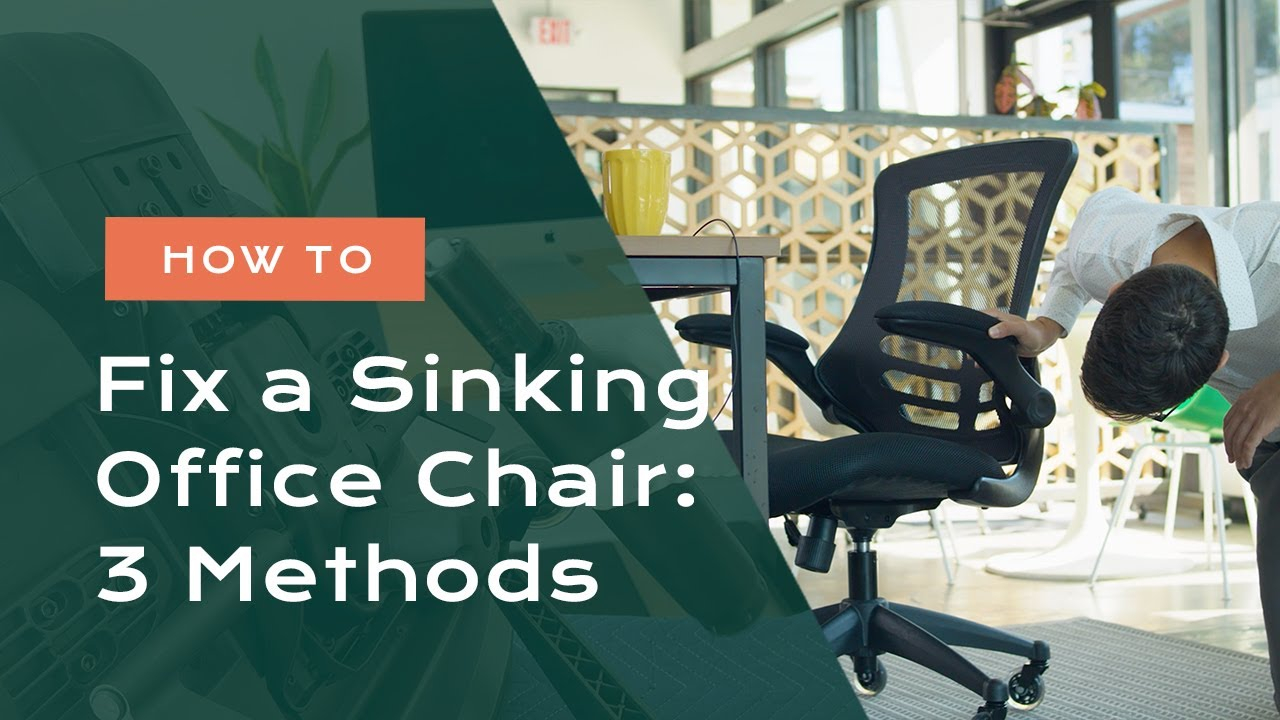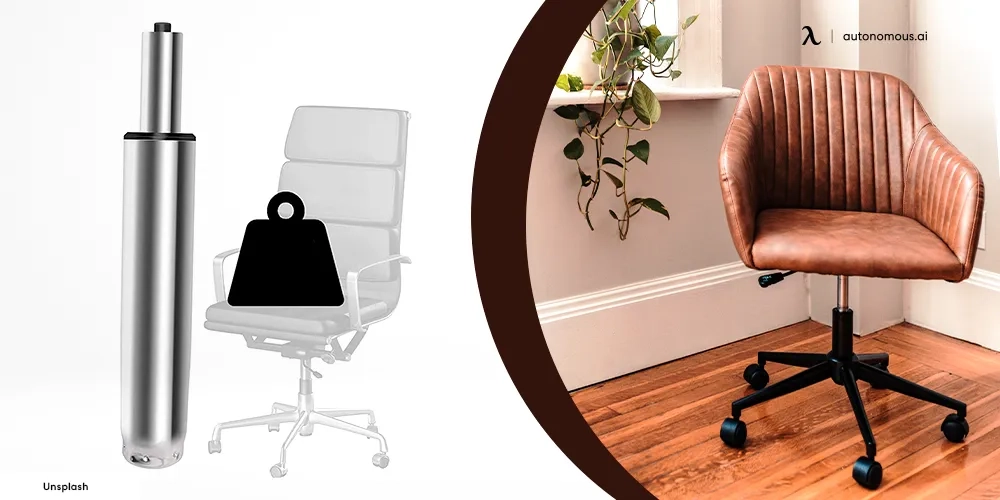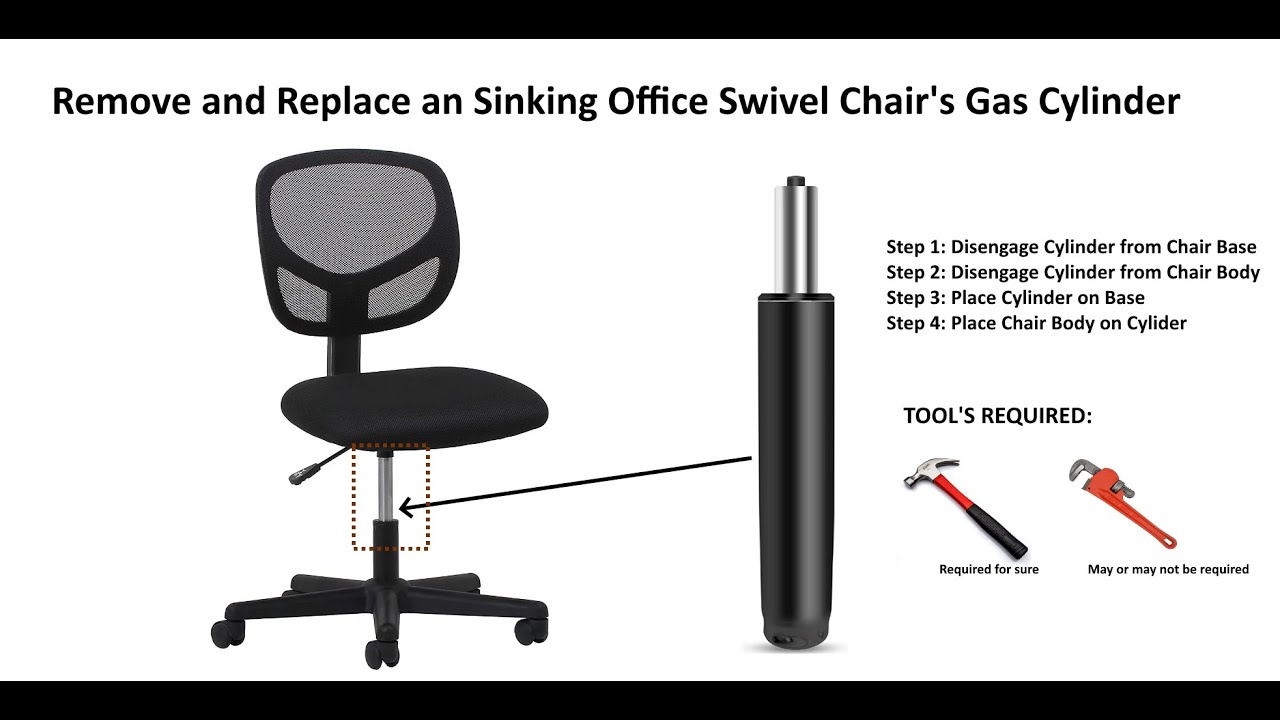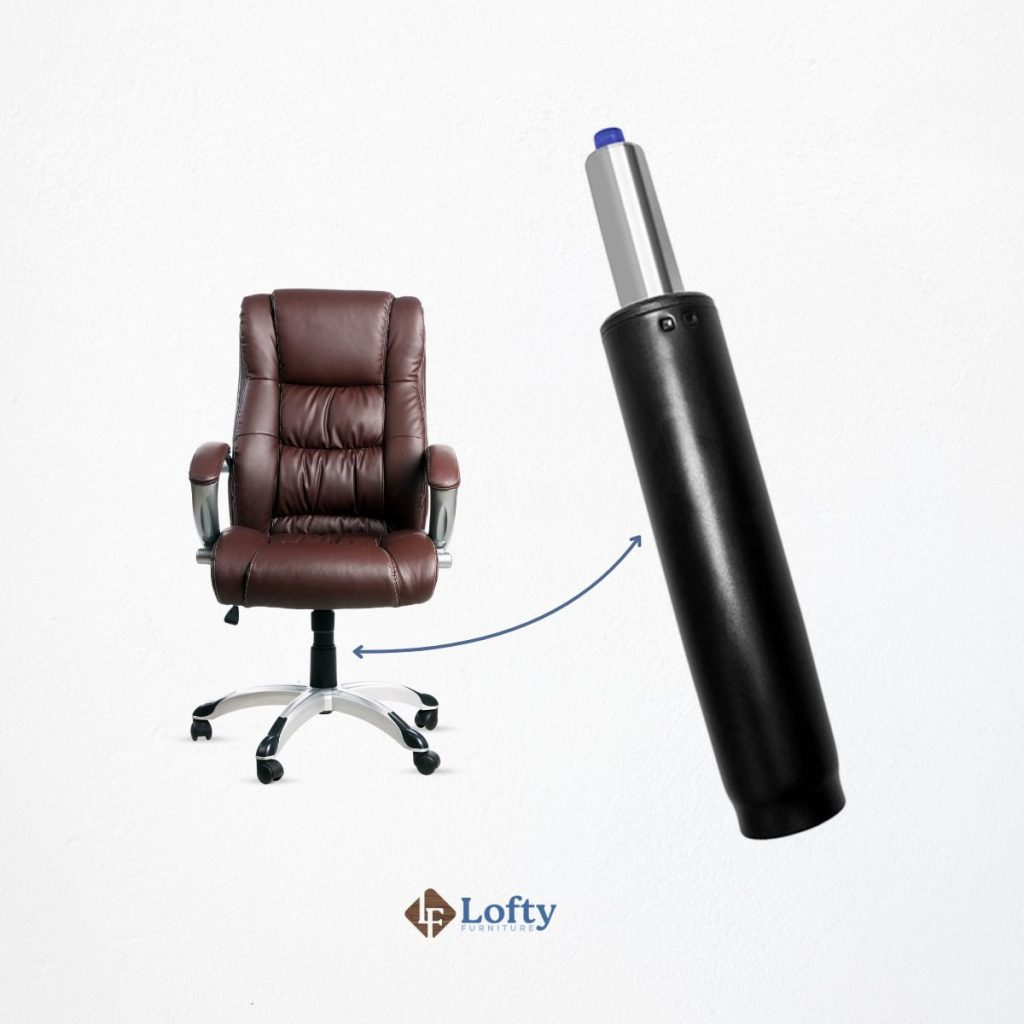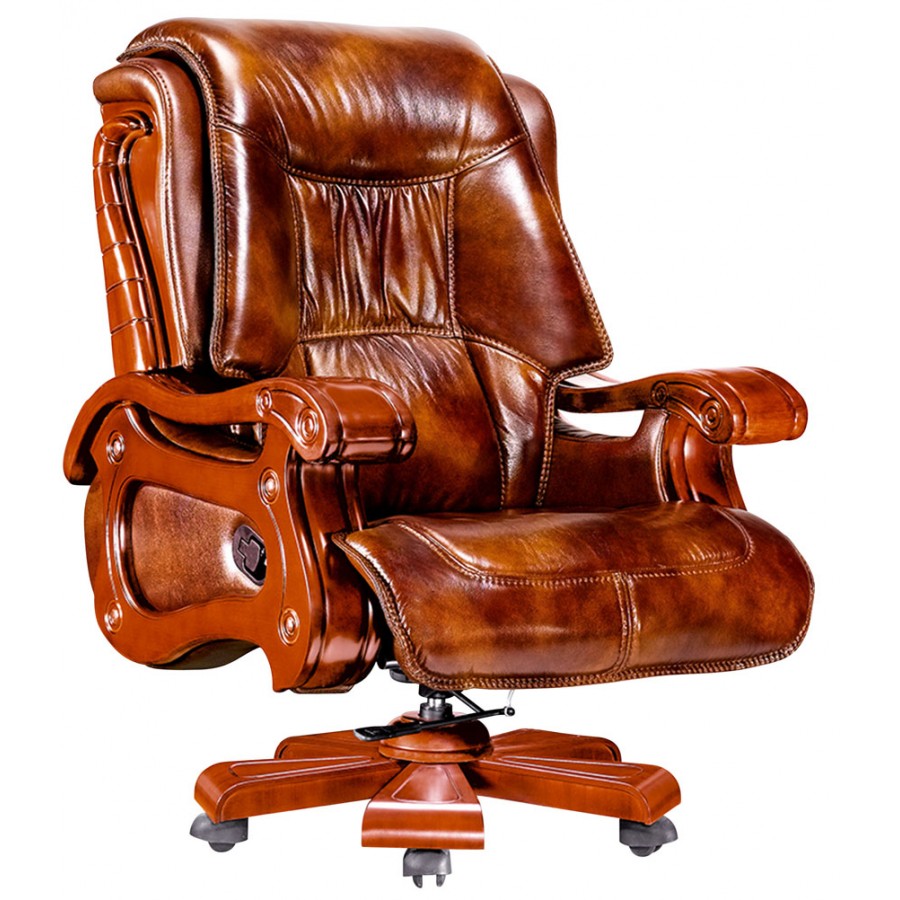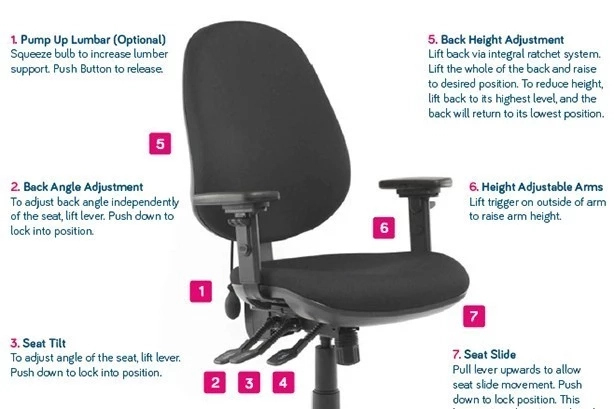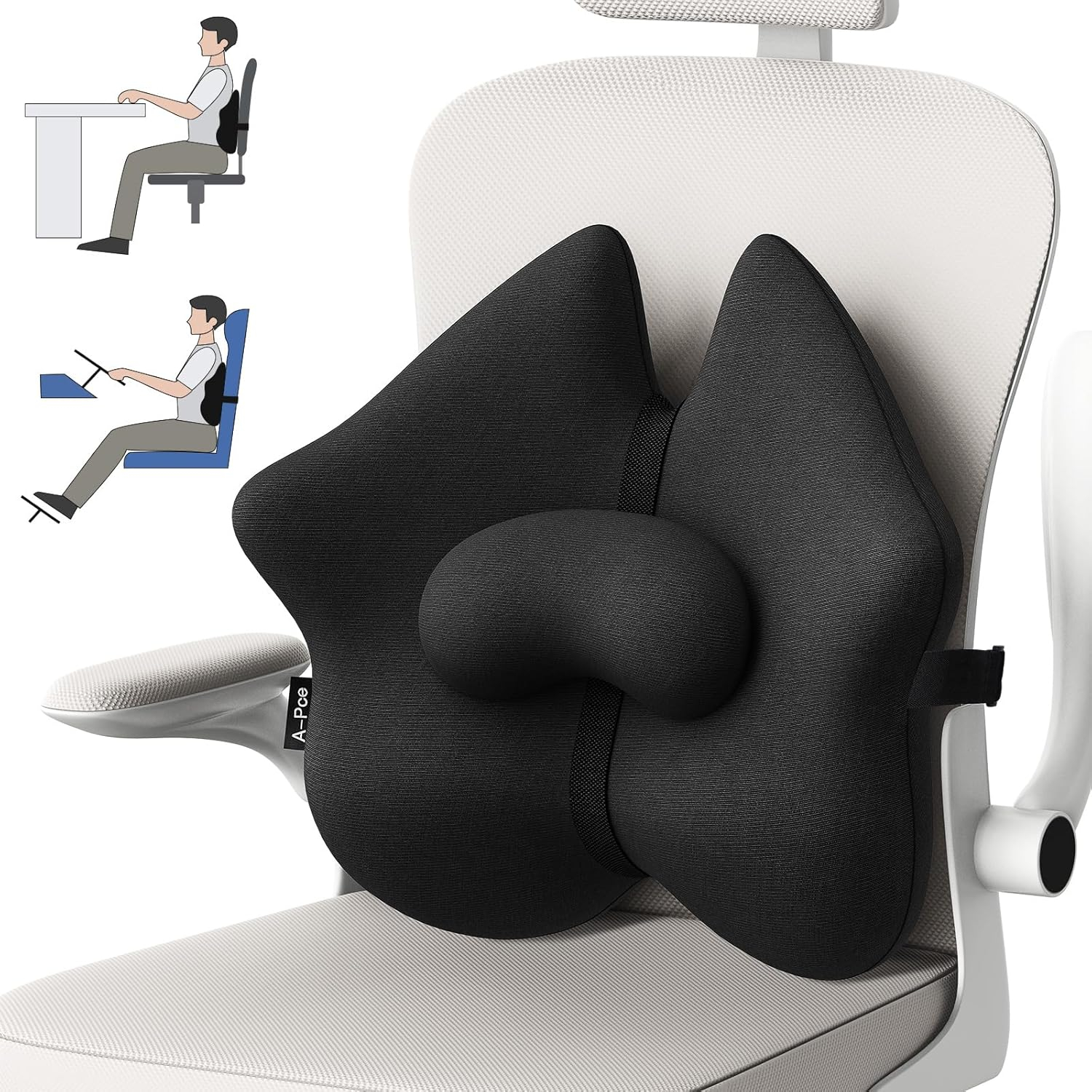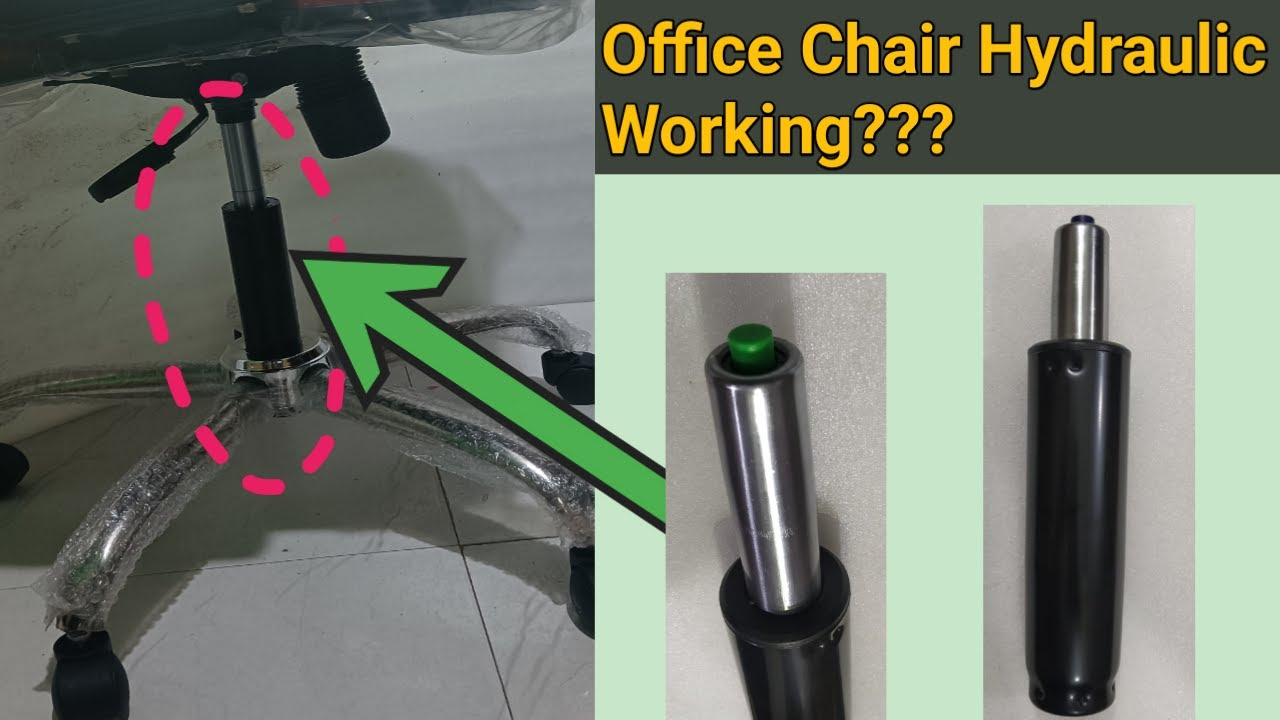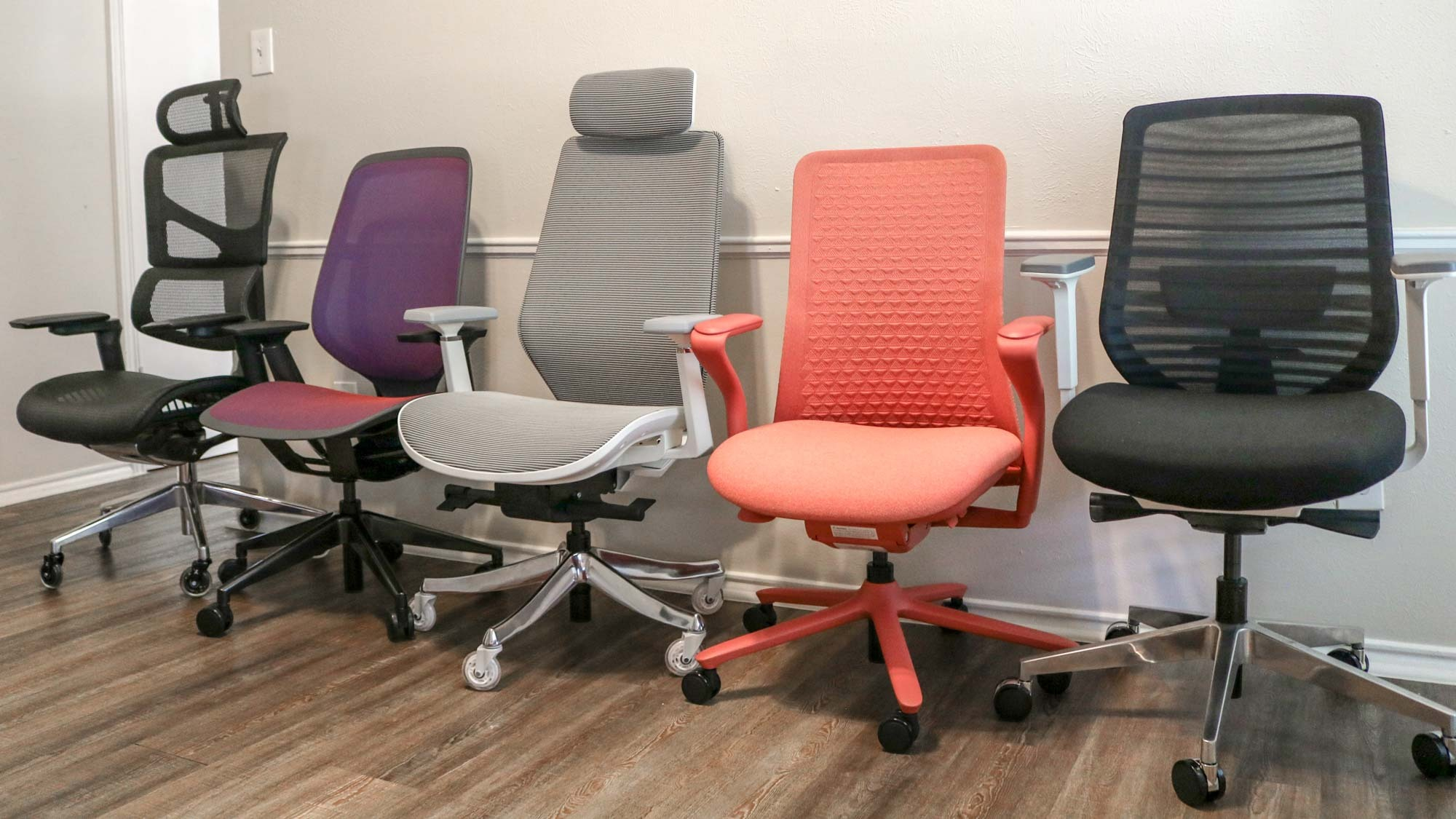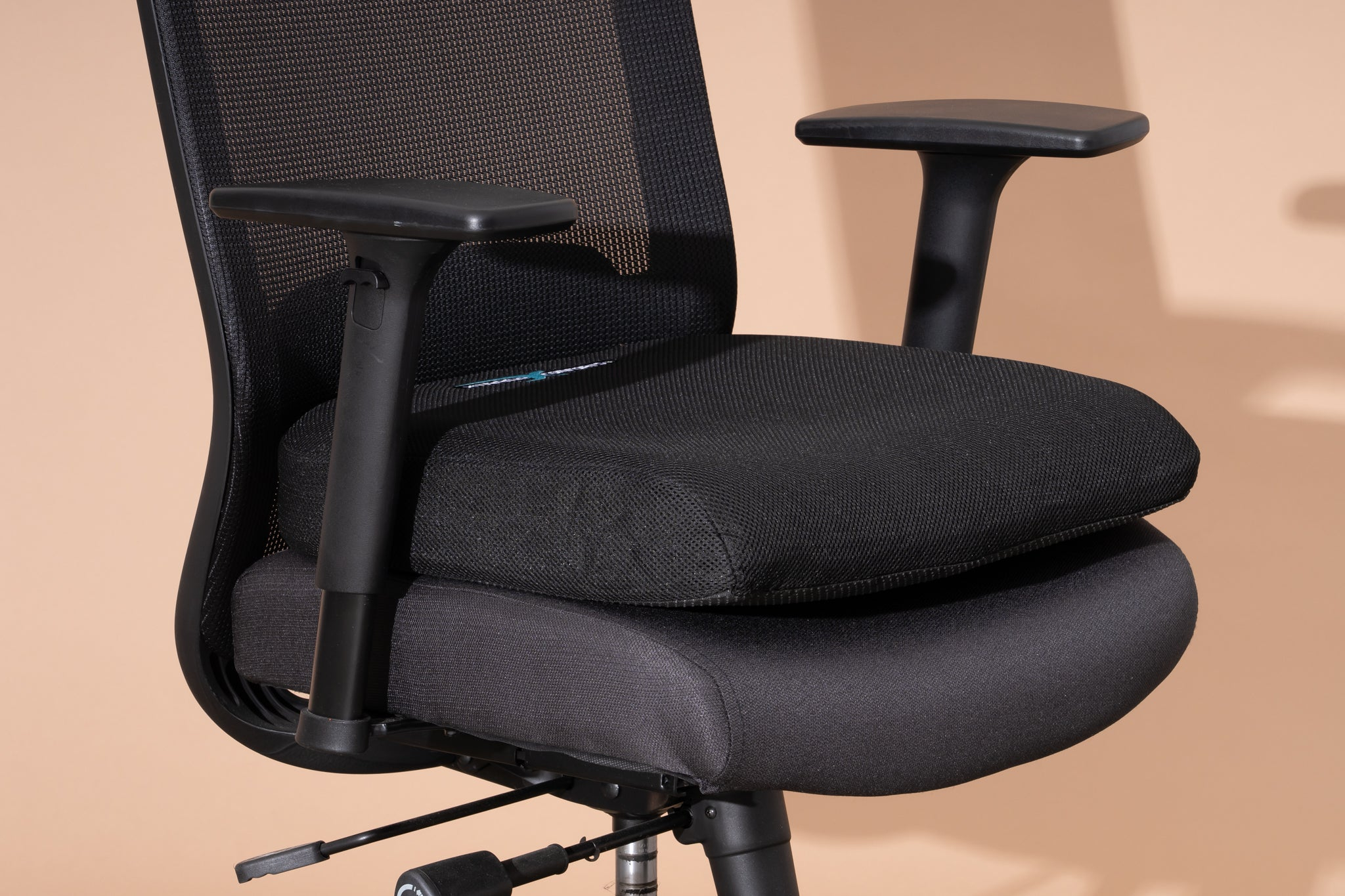We’ve all been there. You settle into your trusty office chair, ready to tackle the day, only to feel that familiar, disheartening descent. Your chair is sinking, and it’s incredibly frustrating, right? It’s a common problem, but understanding why it happens and how to fix it can save you a lot of hassle and maybe even some cash. Let’s dive into the nitty-gritty of those office chair pistons and get you back to sitting at the right height.
That slow, uninvited drop can really disrupt your workflow, can’t it? It’s more than just an inconvenience; it can lead to poor posture and discomfort. Most modern office chairs use a gas lift cylinder, often called a gas spring or gas strut, to adjust and maintain their height. When your chair starts sinking, it’s almost always a sign that this crucial component is failing. Think of it like a shock absorber in a car; it’s designed to hold pressure, and when that pressure leaks, things start to go south, or in this case, down. So, what’s really going on inside that cylinder, and what can you do about it?
How Does an Office Chair Piston Actually Work?
It’s pretty clever, actually. Inside that metal tube is a piston that moves up and down within a cylinder filled with pressurized gas, usually nitrogen. There’s also a bit of oil to help with lubrication and sealing. When you push the lever, it releases a valve, allowing the gas to escape and the piston to move, lowering the chair. When you lift the lever and release your weight, the pressurized gas pushes the piston back up, raising the chair. The magic is in that sealed, pressurized gas. It’s what keeps the chair at your desired height. If that seal isn’t perfect anymore, the gas slowly leaks out, and gravity wins. It’s a simple system, but it relies on everything being just right.
Why Is My Chair Suddenly Sinking?
The most common culprit is a worn-out or damaged gas lift cylinder. Over time, the seals inside the cylinder can degrade, especially with constant use and pressure. Think about how many times a day you adjust your chair or how much weight it consistently bears. These seals are tiny but vital. A leak in these seals allows the pressurized gas to escape gradually. It’s not usually a sudden catastrophic failure, but more of a slow bleed. Sometimes, a significant jolt or impact can damage the cylinder, but more often, it’s just the natural wear and tear of daily life. It’s like anything mechanical; it has a lifespan.
Troubleshooting the Sink: Simple Checks You Can Do
Before you declare your chair a lost cause, let’s do a quick check.
- Is it a consistent sink or an intermittent one? If it sinks slowly and consistently, it’s likely the piston. If it only sinks when you first sit down and then stays put, there might be a different issue with the mechanism, but a sinking piston is still the prime suspect.
- Check the lever: Make sure the adjustment lever isn’t stuck or damaged, preventing it from fully engaging the valve. Sometimes, a bit of grime can cause problems, so try cleaning around the lever.
- Inspect the cylinder: Look for any obvious damage to the metal cylinder itself – dents or bends. While less common, this can also lead to leaks.
Most of the time, though, if your chair is sinking, the piston is the reason. It’s the part that holds the pressure, after all.
The Not-So-Great News: The Piston Usually Needs Replacing
Unfortunately, gas lift cylinders are generally not designed to be repaired. They are sealed units. While you might find videos online showing people trying to refill them or patch them up, these are often temporary fixes at best and can even be dangerous if not done correctly due to the pressurized gas. For a reliable and safe solution, the best course of action is usually to replace the entire gas lift cylinder. It’s the most effective way to restore your chair’s functionality. Don’t worry, though; it’s a surprisingly common and manageable repair.
Replacing the Gas Lift Cylinder: A Step-by-Step Guide
Ready to give your chair a new lease on life? Here’s how you can swap out that sinking piston:
- Gather Your Supplies: You’ll need a new gas lift cylinder (make sure it’s the correct size and weight rating for your chair), a rubber mallet or hammer with a block of wood, a pipe wrench or adjustable wrench, and some penetrating oil (like WD-40) if parts are stuck.
- Remove the Old Cylinder:
- Turn the chair upside down.
- You’ll see the cylinder connecting the seat mechanism to the base. It’s often secured by a collar.
- Spray penetrating oil around the connection points if they seem stubborn.
- Use the pipe wrench to grip the base of the cylinder where it meets the chair base and try to twist it free. You might need to tap it gently with the rubber mallet to loosen it.
- Once the base is detached, you’ll need to detach the cylinder from the seat mechanism. This is often the trickiest part. Sometimes, you can use a pipe wrench on the cylinder itself, but be careful not to damage the seat mechanism. Often, a few firm taps with a hammer and wood block on the collar of the cylinder (pushing it away from the seat mechanism) will pop it free.
- Install the New Cylinder:
- Remove any protective caps from the new cylinder.
- Insert the larger end of the new cylinder into the chair base.
- Flip the chair upright and align the smaller end of the cylinder with the hole in the seat mechanism.
- Press down firmly on the seat to seat the cylinder properly. You might hear a click or feel it settle into place.
- Test It Out: Sit on the chair and try the adjustment lever. It should now raise and lower smoothly and stay at the height you set. It’s a good feeling, isn’t it?
When to Call It Quits (or a Professional)
While replacing the cylinder is often doable, sometimes chairs are built in ways that make disassembly difficult. If you’ve tried and can’t get the old cylinder out, or if the base or seat mechanism seems damaged, it might be time to consider a professional repair service or simply invest in a new chair. Not all chairs are created equal, and some are more robustly built than others. Also, if your chair is very old and showing other signs of wear and tear – ripped upholstery, wobbly armrests – it might be more cost-effective to upgrade. But for most chairs with just a sinking issue, a new piston is a great way to extend its useful life and save some money.
So, there you have it. That sinking office chair is usually down to a faulty gas lift piston, a common issue with an accessible solution. By understanding how these pistons work and following a few simple steps, you can often repair your chair yourself and get back to sitting comfortably at the perfect height. Don’t let a sinking chair bring you down; a little mechanical know-how can make a big difference in your daily comfort and productivity. Give it a try, and enjoy a chair that stays put!

